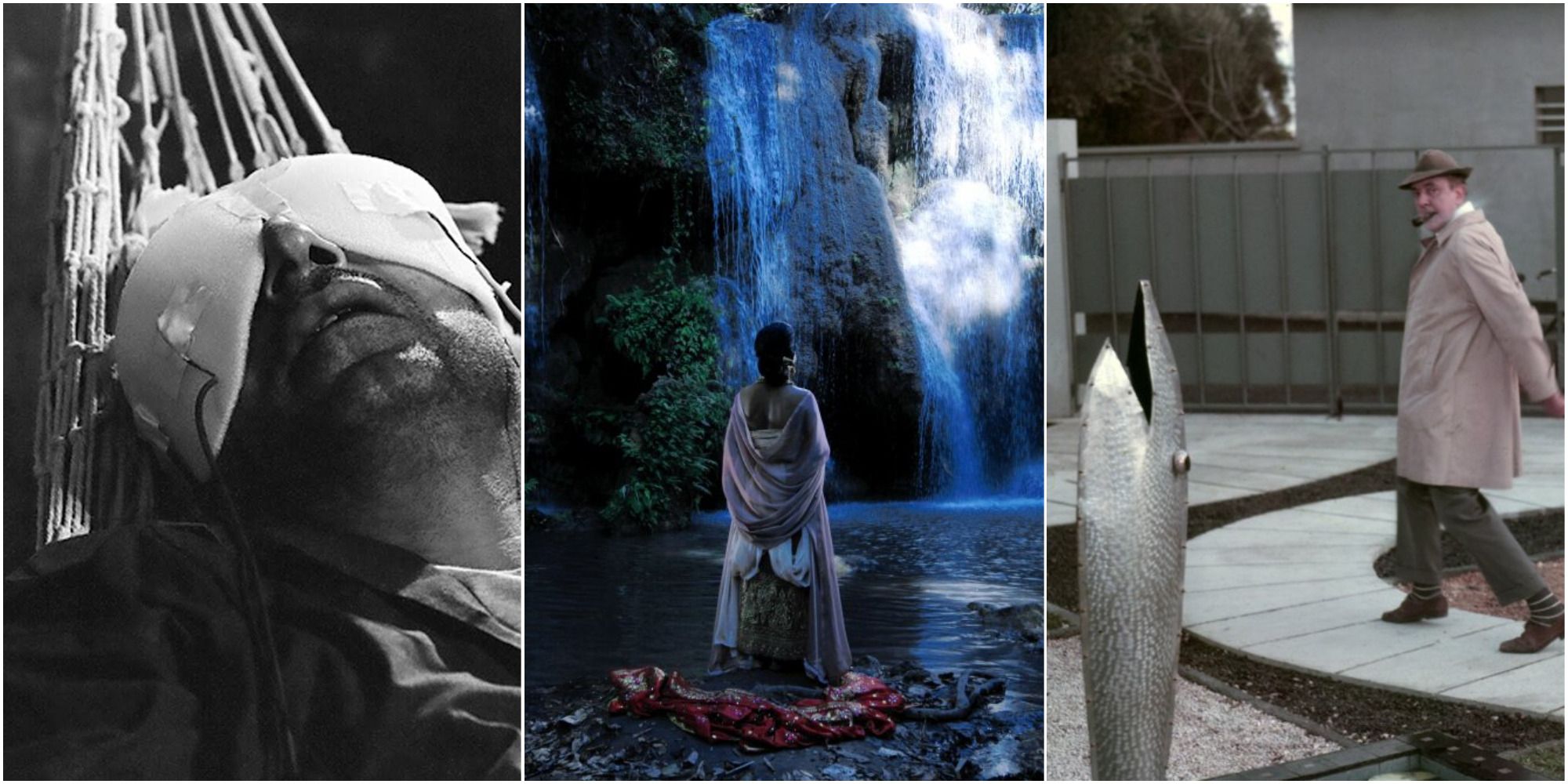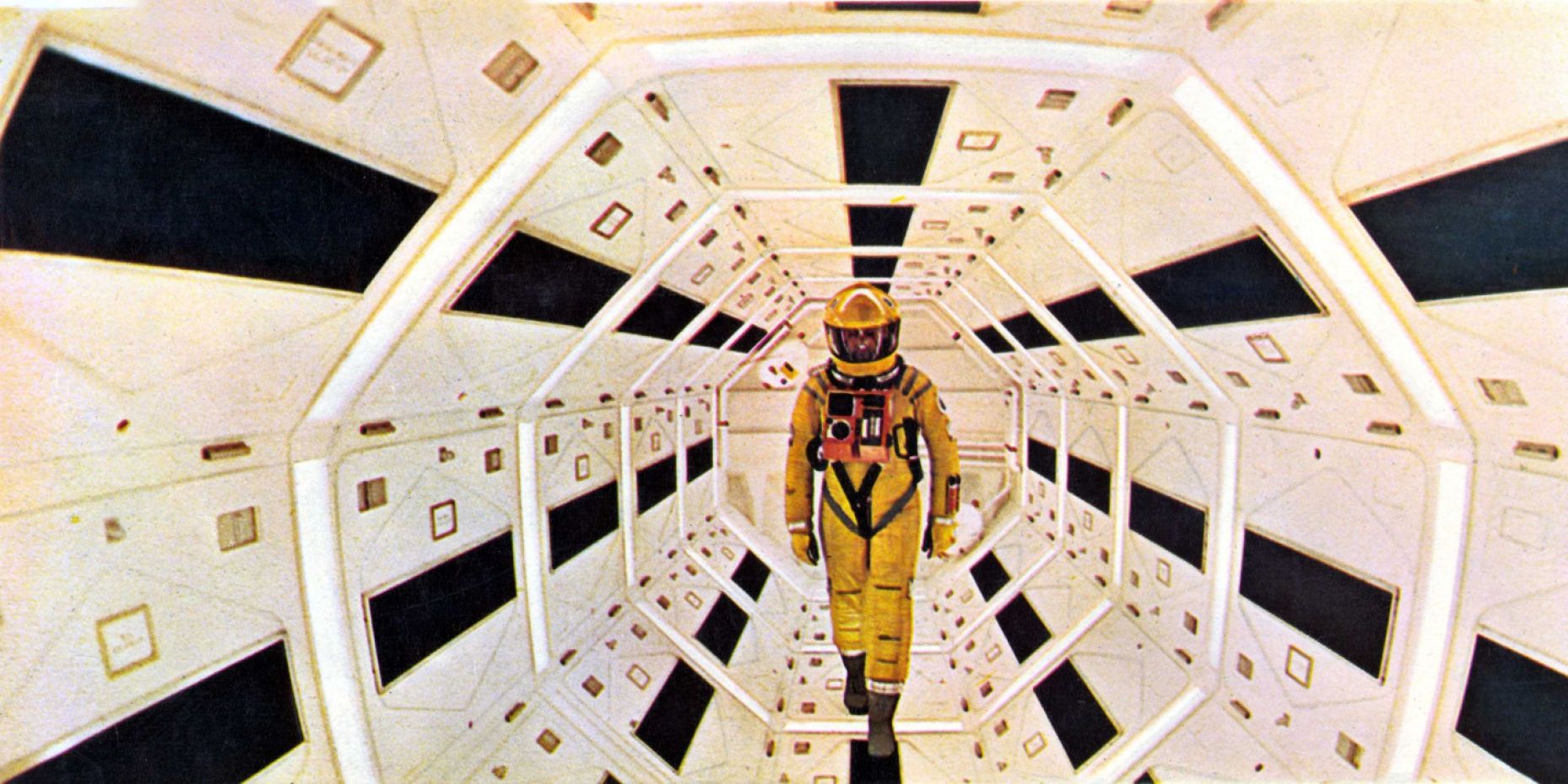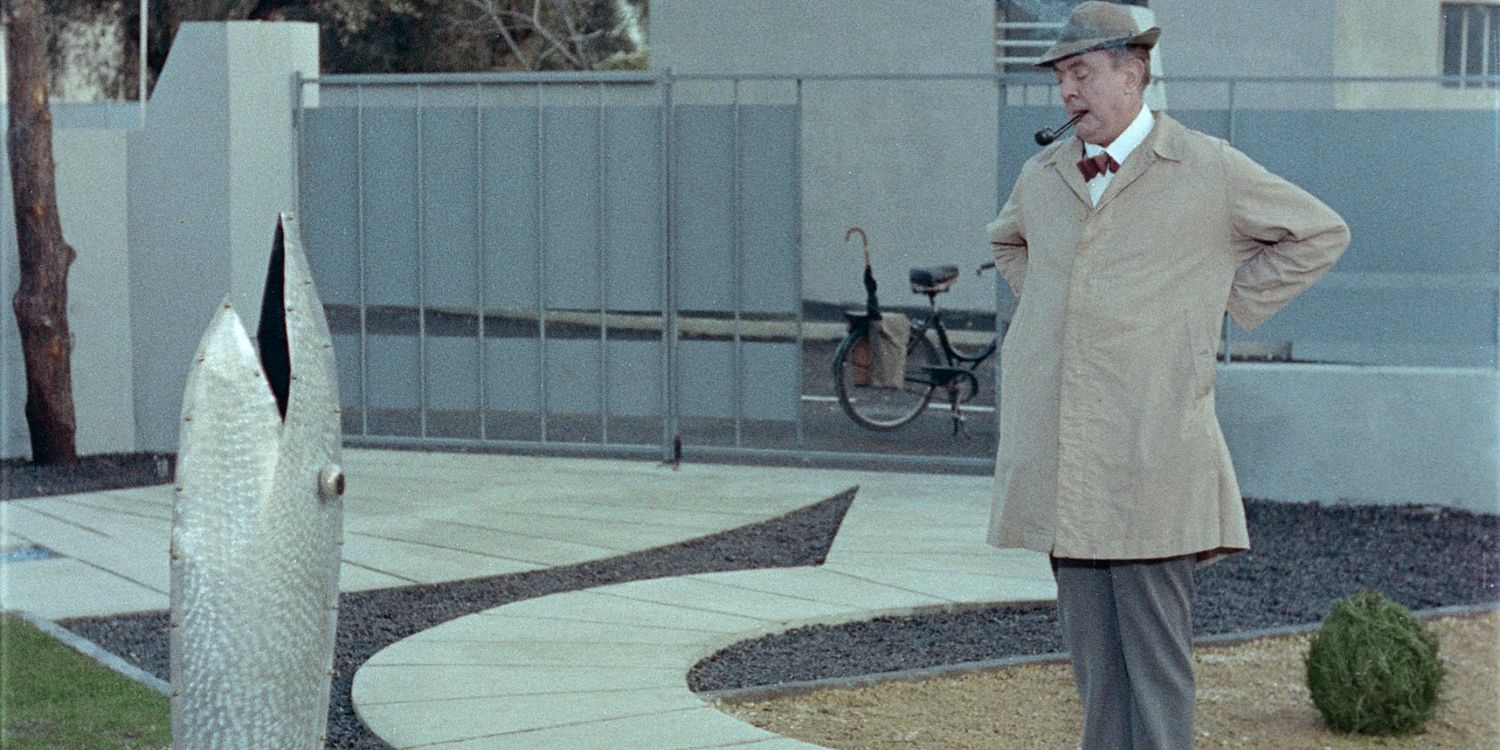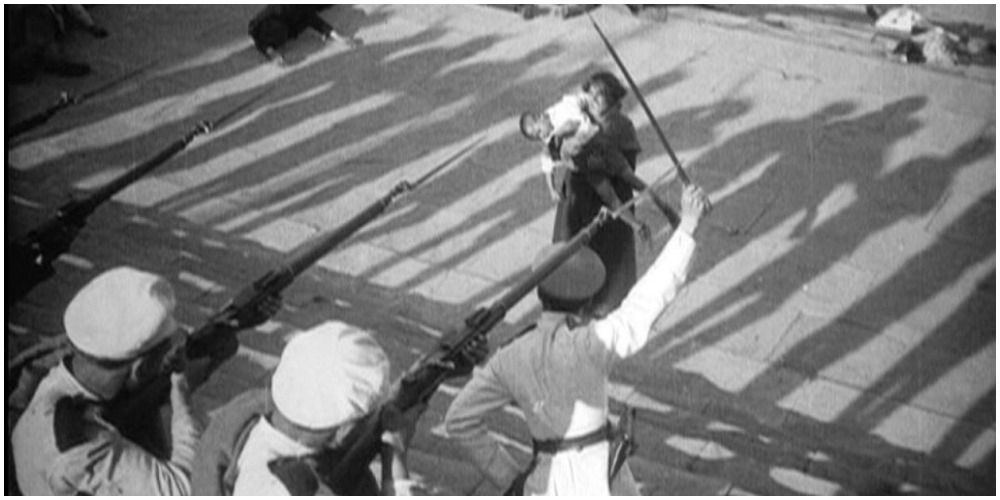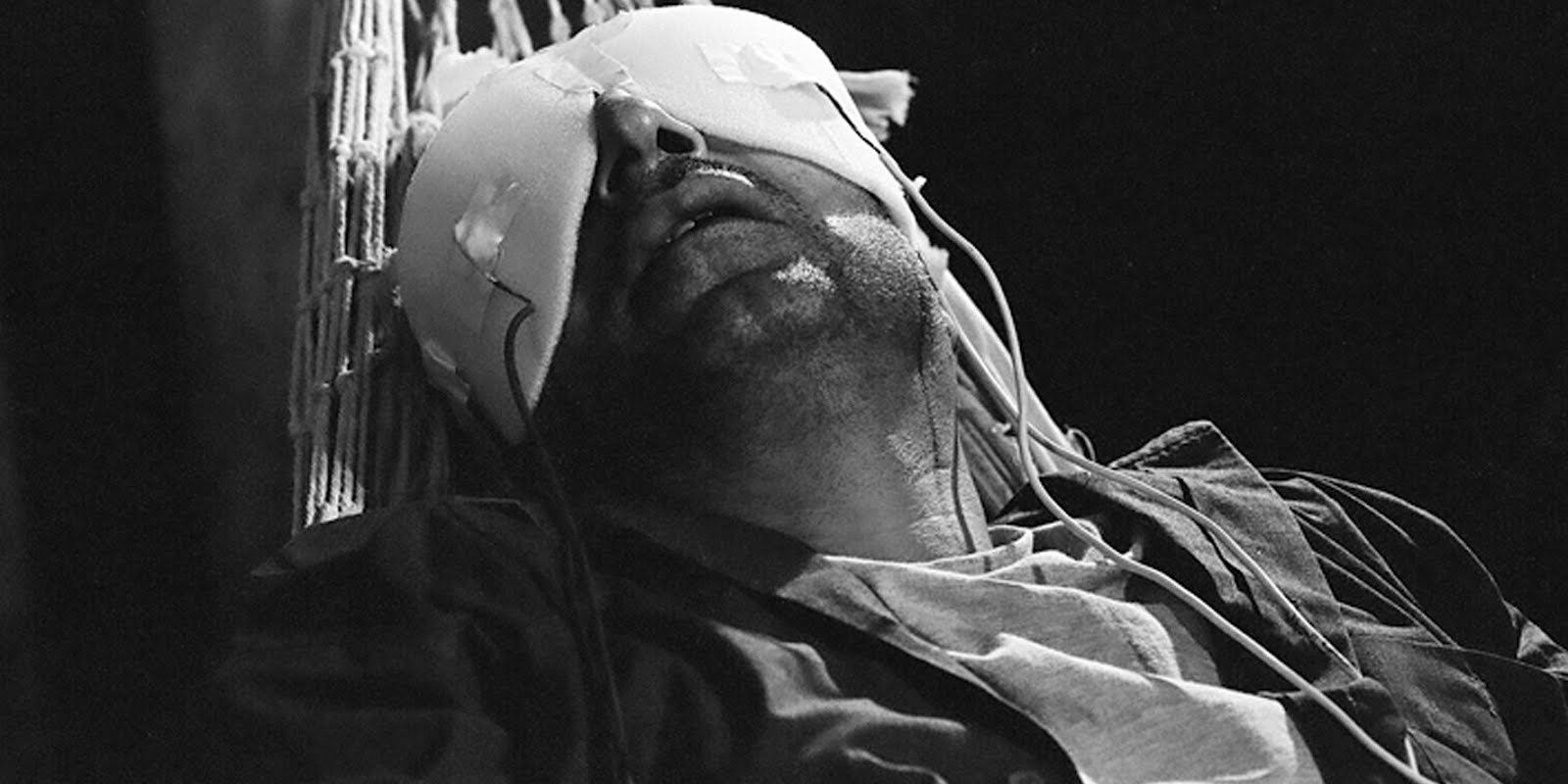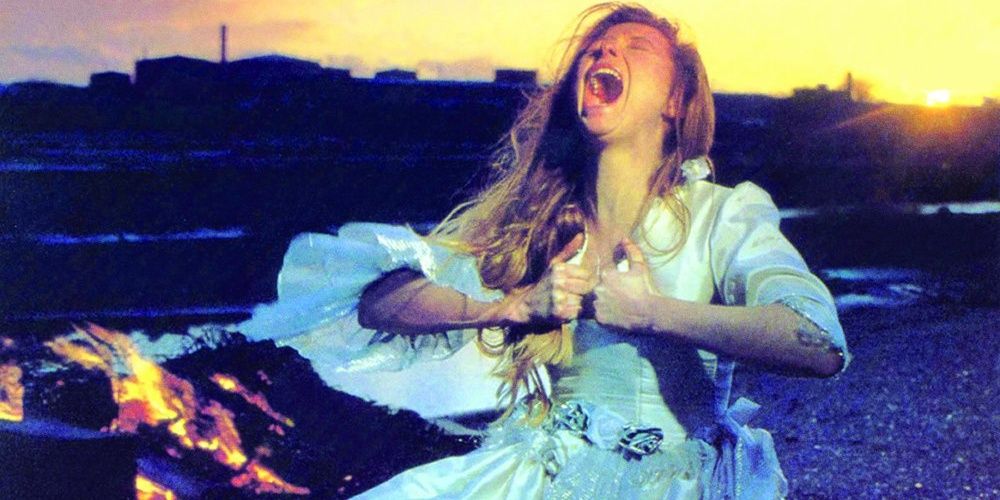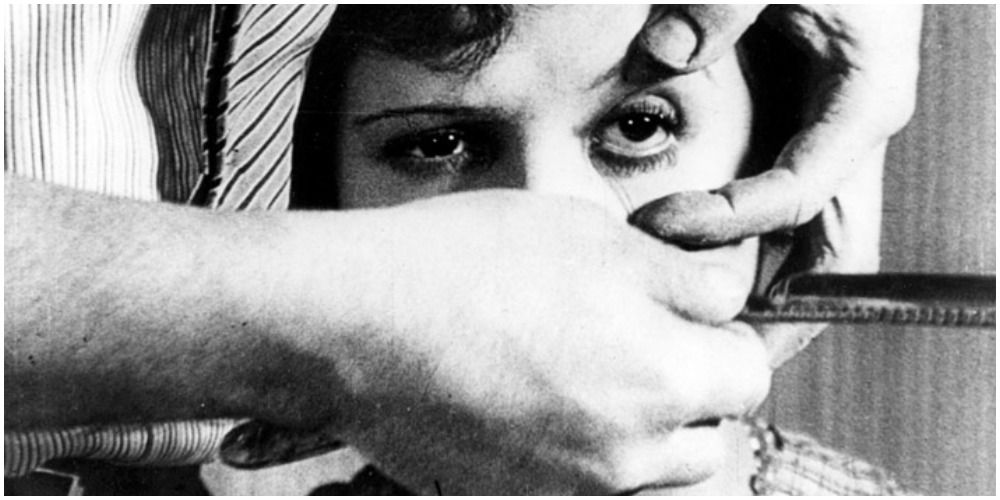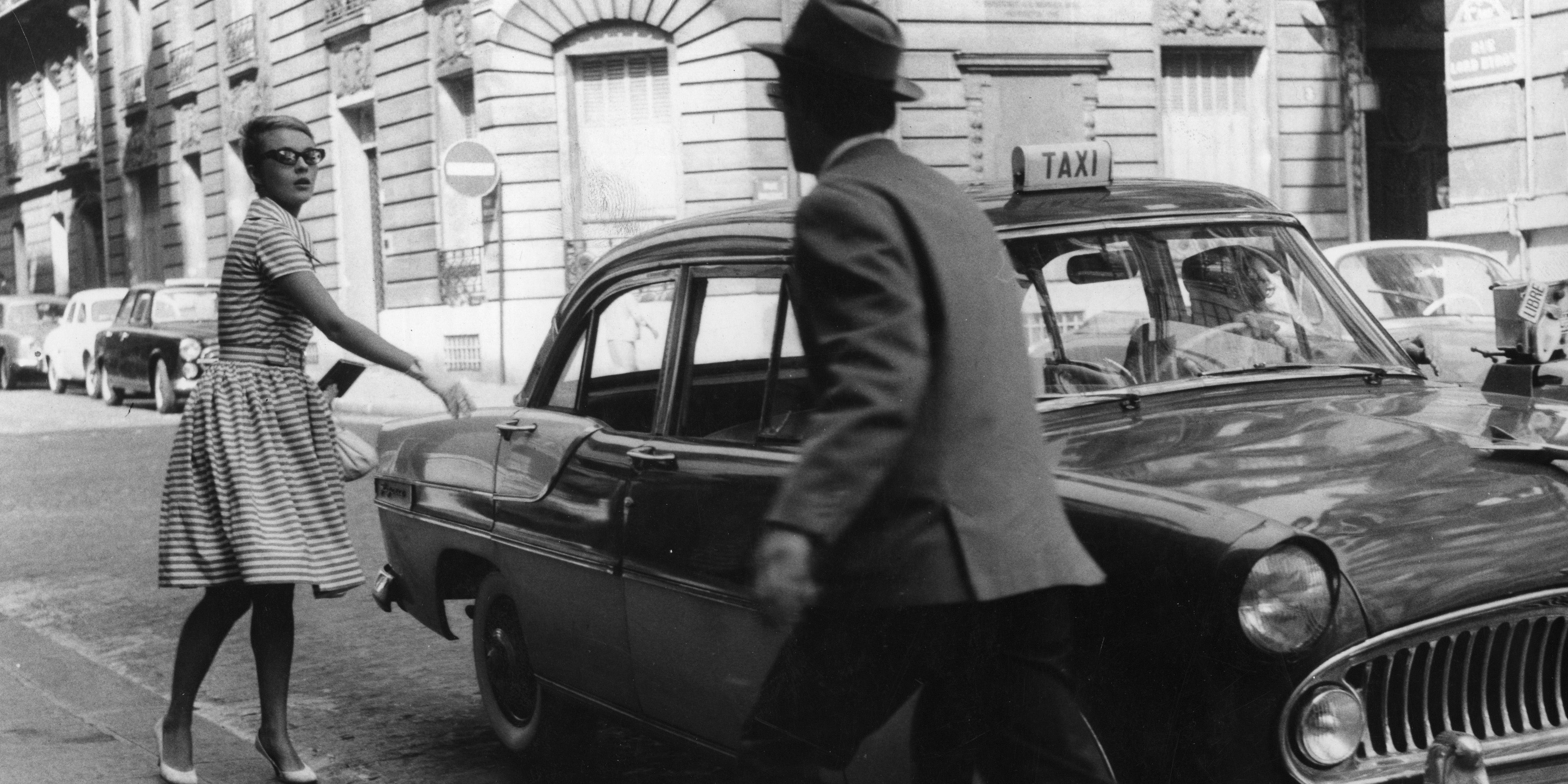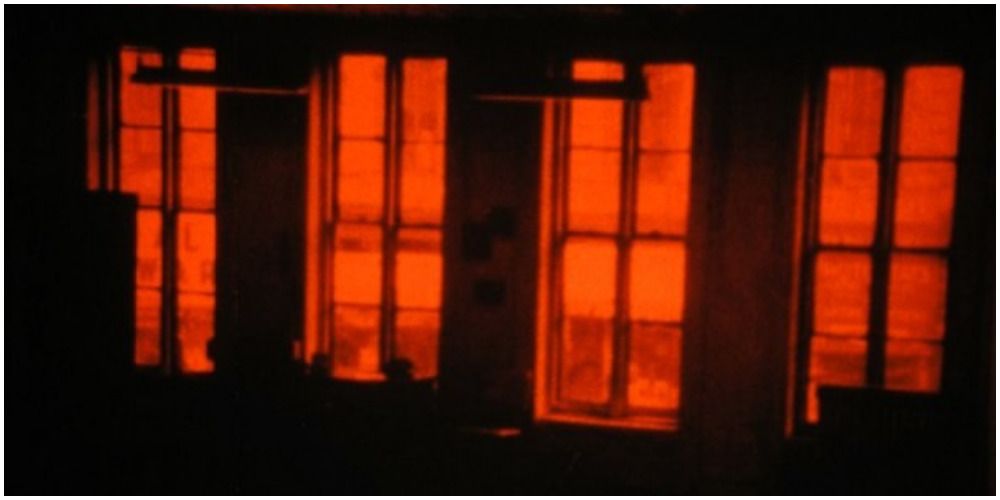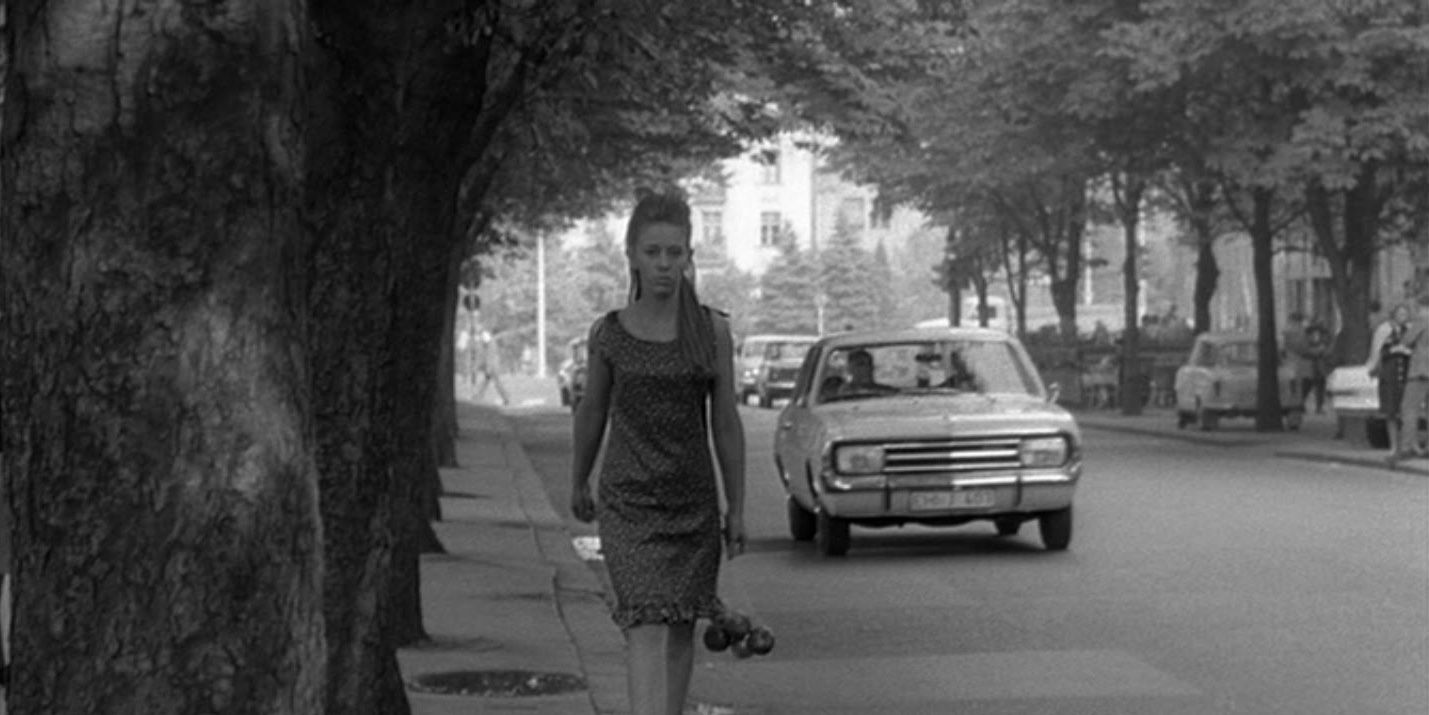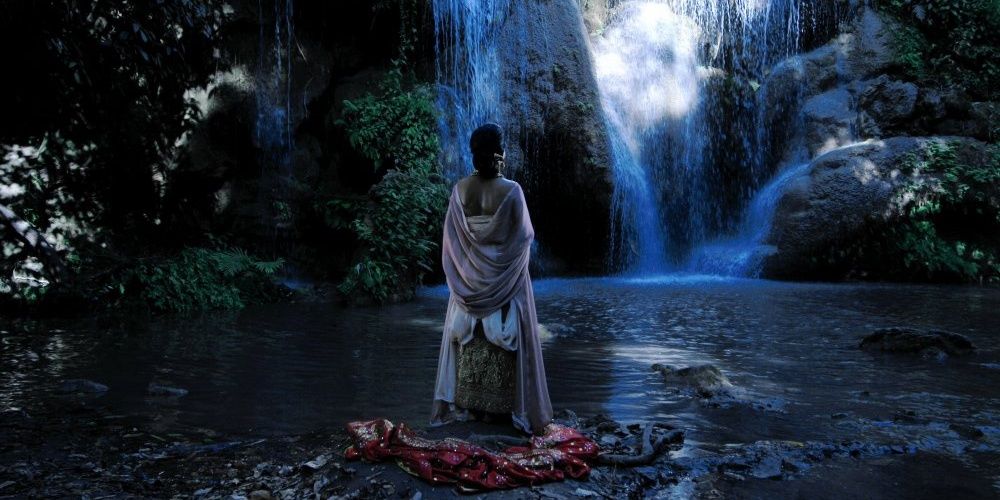The avant-garde film has always existed for as long as there was cinema. While certain directors were obsessed with the camera and the ways in which cinematography could influence what the camera sees, others were interested in the audience's eye and the way in which what the audience saw could influence their reading of the film.
Many classic movies are often renowned for their style, their cinematography, or even for revolutionizing what cinema is. Francis Coppola's The Conversation, for example, emphasized how sound was as important to the film as are visuals. In the same way, avant garde movies focus on the message, the camera, the editing, and the emotional effects that unconventional cinema elicits from its audience.
2001: A Space Odyssey (Stanley Kubrick, 1968)
Stanley Kubrick's sci-fi classic follows a space mission to Jupiter with the sentient computer, HAL. Based on the short story, 'The Sentinel' by Arthur Clarke, the movie's set was designed to invoke the existential human dread about human existence and life on Earth. For Kubrick, the mission to Jupiter to find extraterrestrial life is a projection of humanity's fear of its own existence in a big, unforgiving universe.
2001: A Space Odyssey is known for its elaborate sci-fi set and its use of light and colors, in particular, the psychedelic "abstract nonrepresentational, space-time astonishments" themes still used extensively in the sci-fi genre today, as seen in Doctor Who, for example.
Mon Oncle (Jacques Tati, 1958)
Like 2001: A Space Odyssey, Mon Oncle is a psychedelic trip of a movie. The movie is another existential trip into human weakness, this time into the emerging culture of globalist consumerism in the 1950s. Set in France, the movie explores humanity's tragic loss of the spiritual in the post-WWII years, when consumerism replaced former institutions like family and religion as the main idol of the world.
While Kubrick used colors and an elaborate set, Tati used the very same material goods of consumption to create the psychedelic effect in his movies. The house is filled with gadgets by Madame Arpel, and those gadgets continue to malfunction and take over the Arpel family's life. In time, Mr. and Mrs. Arpel would become so consumed by their material possessions, that the couple would become a part of the very same house they worship.
Battleship Potemkin (Sergei Eisenstein, 1925)
Soviet movie director Sergei Eisenstein's Battleship Potemkin is considered one of the greatest silent films of all time. The movie was a tribute to the crew of the Russian battleship, Potemkin, who rebelled in 1905, a precursor to The Russian Revolution.
The propaganda piece was Eisenstein's second movie wherein he pioneered dialectical montage editing. Using a new form of editing in the movie, Eisenstein is famous for The Odessa Steps scene, where he intercuts close-up reaction shots of victims of the Odessa steps with the violent actions of the czarist soldiers occurring on the steps.
La Jetée (Chris Marker, 1962)
La Jetée was a featurette comprised almost entirely from optically printed photographs. Shot in black and white, the French sci-fi featurette was a photo novel that told the story of World War III survivors in their attempt to heal their bleak present through time travel.
Set in post-apocalyptic Paris, survivors of the war live underground where time travel experiments are also taking place. A prisoner is chosen to go back to the past because he is so traumatized by an event from his past that he can withstand the mental torture that time travel procures. In the past, he falls in love. In the future, he meets technologically advanced humans who give him a power unit to heal his post-apocalyptic future. Earth in the present is not saved, however, because of mankind's inherent wickedness.
The Last Of England (Derek Jarman, 1987)
Starring Tilda Swinton, The Last Of England was homosexual director Derek Jarman's reaction to Thatcher's homophobic England. A year prior, Jarman had been diagnosed HIV-positive, in the same year when Thatcher legalized homophobia with the Local Government Act of 1866.
The Last Of England was a visual, poetic representation of the anger in Britain at the time. The movie is based on a painting by the same name by Ford Madox Brown. The painting depicts a middle-class couple leaving England forever because it no longer allows for artistic and philosophical empowerment. Similarly, Thatcher's England became a country of excruciating poverty, forcing its people to forgo art for basic survival.
Un Chien Andalou (Luis Buñuel, 1929)
One of the most prominent figures of the 1920's surrealist avant-garde movement, Spanish director Luis Buñuel directed Un Chien Andalou in collaboration with Salvador Dali. The silent short film was his first movie wherein he used a dream logic narrative, giving life to a disjointed but loosely-connected sequence of events.
Another movie considered one of the best ever made, Un Chien Andalou uses its editing to distract audiences from logical reality. Mirroring Freud's work on the unconscious mind, Un Chien Andalou is "capable of returning to the mind its true functions, beyond any form of control by reason, morality or aesthetics."
A Bout de Souffle (Jean Luc-Godard, 1960)
French New Wave director, Jean Luc-Godard, released A Bout De Souffle in 1960, at the beginning of the cinematic movement. Associated with the political upheaval of the 1960s, French New Wave cinema rejected old conventions of filmmaking, editing, and visual style.
Borrowing elements from Italian neorealism, A bout De Souffle was a poetic representation of the sociopolitical imprisonment and economic hardship that France's youth felt at the time. Making use of jump shots, working-class actors, street shots and natural settings, and long tracking shots, A Bout De Souffle was an avant-garde film that prioritized the power of the camera to create an unflinching reality.
Wavelength (Michael Snow, 1967)
An experimental film on structuralist cinema, Wavelength is a movie where the camera tracks a single shot over the course of a week. The 45-minute film brought the Canadian director immediate fame. Structural movies, usually consisting of a fixed camera, was a big hit in the 60s and 70s. It was another form of filming that rejected conventional style. Like the French New Wave, Structuralist cinema favored simplicity, choosing to capture the reality of life, even if it be something as mundane as a window, as in the case of Wavelength.
Love Affair, Or The Case Of The Missing Switchboard Operator (dir. Dušan Makavejev, 1967)
Yugoslavian director, Dušan Makavejev, is not very well known among Western audiences. "The problem is this: Makavejev's films simply fail to connect with large segments of the American audience," Roger Ebert wrote in 1969.
Love Affair, Or The Case Of The Missing Switchboard Operator was revolutionary for its time, not just because it captured a nude woman in a direct confrontation of Ccommunist sexual censorship and artistic repression, but also because of its narration style. Makavejev includes scenes of people who are not directly part of the narrative talking towards the screen: talking directly to the audience. Its narrative is also non-chronological, jumping from past to present, and forcing the audience to figure out the timeline for themselves.
Uncle Boonmee Who Can Recall His Past Lives (Apichatpong Weerasethakul, 2010)
Winner of the 2010 Palme d'OR at the Cannes Film Festival, Uncle Boonmee Who Can Recall His Past Lives, follows Uncle Boonmee, a dying man who, as the title suggests, recalls his past lives, searching for the cause of his illness.
Like many of Weerasethakul's movies, Uncle Boonmee Who Can Recall His Past Lives deals with issues of spirituality, dreams, and the unconscious mind. Visited by the living spirits of his deceased wife and son, Uncle Boonmee ponders life, asking himself "if nature and man are one and interconnected, why would Earth not give birth?" And is the real world simply not just illusions and hallucinations? Who can really tell what is real?

